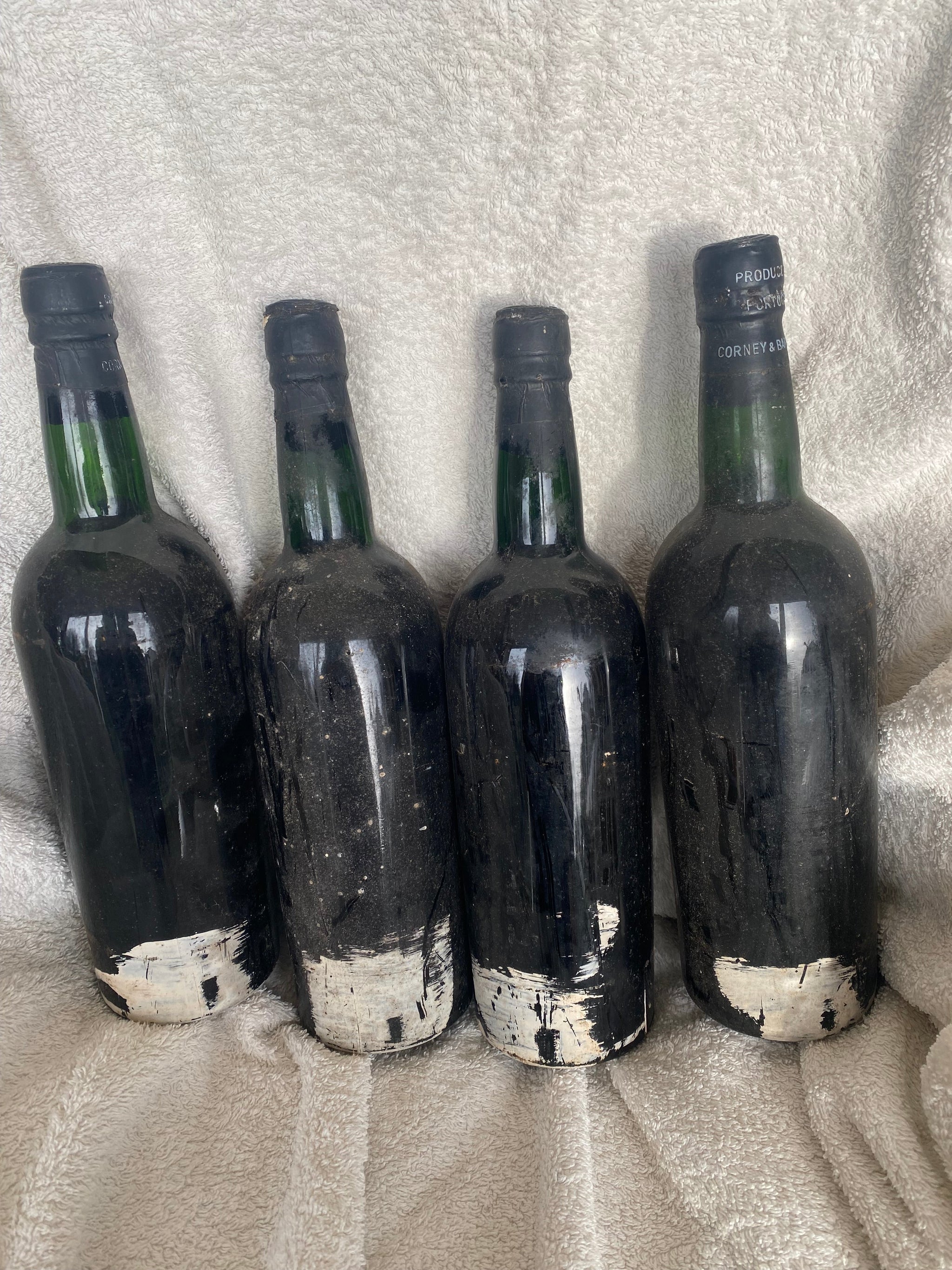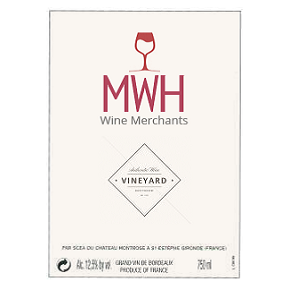When any investment commodity emerges – be it art, antiques or wine - it seems only a matter of time before the forgers move in. Wine has been a serious investment vehicle since the early 1990s when the explosion in demand for the best Bordeaux from the Far East made them so scarce that values started to rocket. Since then exceptional wines from other regions – notably Burgundy, California and certain Australian wines like Grange – have joined this elite cadre. While these wines could hardly be more different stylistically, they do have one thing in common: they are all prime targets for the fakers.
Wine Fraud On The Rise
Despite the best efforts of leading producers and agencies, fake wines have become a serious problem on the international trading scene. Lafite Rothshild have tried engraved bottles and the agents of Petrus routinely ask that on-trade clients break empty bottles to save them from being reused. Innovative technologies such as near field communication (NFC) chips which can be embedded in labels and capsules so that bottles can be checked against a database are also coming in.
Emerging markets are often the target (and frequently the source) of forgeries. Buyers who know bottles more by name or repute than by long buying experience, can all-too easily be duped by the unscrupulous. Some are laughable in their ineptitude. Others though are somewhat harder to spot.
Fake Wine Scandals
To date there have been two major fake wine scandals: the Rodenstock affair and that of Rudy Kurniawan. While they were years apart and the scale of the alleged and proven duplicity are quite different, they offer some interesting parallels and cautionary notes for collectors and investors, notably that:
- Ancient and rare wines are easier to fake – this may sound perverse on the face of it. Given the difficulty of choosing the right paper for the label, getting capsules to look old, believable – often hand blown - bottles and, of course, getting something in the bottle that looks and tastes how one would expect is no easy task. Then there’s the level of scrutiny that goes with such wines. When being asked to pay upwards of £10,000 for a bottle, you’d expect even billionaires to take a good hard look at it. But as the so-called Jefferson bottles of Lafite attest, many of the trade’s leading experts can be taken in. This, I believe, is in part because the trade wanted them to be real. The romance surrounding bottles supposedly owned by Thomas Jefferson was just too good an opportunity for US collectors to pass up. And, as it turned out, too good to be true...
- A big lie is easier to believe – it must have crossed Kurniawan’s mind when he set out on his industrial scale fine wine fraud that the bigger the lie, the easier it is to be believed. Had he faked one or two DRCs then eyebrows may have been raised sooner. But when you make thousands of counterfeits and manage to pass them through auction houses and into the hands of noted collectors like Bill Koch, then no one wants to believe they are not right. The fallout from this self-deception has cost many a merchant and collector dear and added a much-needed extra level of caution to buyers and auctioneers.
- They always overreach themselves –Rodenstock ran into trouble with some imperials (6 litre bottles) of Château Petrus from the 1920s and 1930s. Leading experts from Sotheby’s questioned their authenticity - calls that led to Petrus’s owner saying that there was no record of these formats having ever been made in these years. In Kurniawan’s case it was Domaine Ponsot that proved his final undoing. In 2008 he offered several bottles of Clos St. Denis from 1945 through 1971. Sadly, for him at least, the Domaine didn’t start producing Clos St Denis until 1982.
How to Avoid Fake Wines
As we said at the outset, as the prices rise so the number of fakers also rises. And with prices for the finest and rarest spiralling ever higher, so the forgers are upping their game and giving even knowledgeable buyers pause for thought.
There are things you can look out for though, and things that can help protect you from buying something that is rather less than it seems. So here are MWH Wines’ top five tips for avoiding wine fakes:
- Insist on knowing the provenance – provenance is all in fine wine. Buy from a reputable merchant and they will be able to give you at least a partial history of the bottle and how it has been stored. If you are buying something privately then you really want to dig into the detail - especially if the wine is venerable or extremely rare, such as a Mouton Rothschild 1945 or a bottle of Romanee Conti. Such wines may well be in people’s hands as they have ‘been in the family for years’ or ‘were picked up at a local auction’, but they could have just as easily been knocked up in some back street fake factory. Buyer beware!
- Have it inspected by an expert – if you are spending a lot of money on an old wine then either buy it from an expert, trusted wine merchant, or get one to inspect it for you. They will be able to spot tell-tale discrepancies such as the wrong shape bottle, corks that are too long (pre-war corks were often stubby affairs owing to costs), vintage irregularities and other small, but vital tells. This could be a glue residue from a previous label, wrong type of paper on the label, the colour of the glass or something like the fact that a French bottle has 75cl on the punt - something that didn’t come in until the 20th
- Do your research – Kurniwan and Rodenstock both fell afoul of a lack of research. I myself have been offered wines in the past that were patently fake. I was once offered a bottle of 1992 Le Montrachet from DRC. This would have been a wine of almost priceless quality given the success of the vintage. The problem was it was never made. DRC dumped the entire stock after a stuck fermentation gave it a slightly unpleasant aftertaste.
- If it looks too good to be true – it is!Years ago, stellar wine gems came to light from all manner of dark corners. I recall a customer many years ago who came carrying a plastic milk crate. Its contents were the remnants of a cellar of a recently deceased friend. In it, amongst some serious liquid detritus, was a pair of 1945 Graham vintage Ports. The seller wasn’t a port drinker and having dumped the crate down he said, ‘£100 the lot?’ These days such eventualities are somewhat unlikely. Google has made everyone, if not an expert, then at least informed on the price of wines, so if someone offers you something great for next to nothing, think carefully.
- Beware the obvious fakes – like Rolex watches, Hermes scarves and Louis Vuitton bags, there are some wines that fakers just love to fake. Mouton Rothschild 1945, Petrus – especially years like 1959, 1961 and 1982 – and the top offerings from DRC – especially older vintages of Romanee Conti and La Tache – are all red flag wines. Their prices are astronomical and so if you are going to part with a mortgage on a bottle, be very sure of the merchant you are buying from.
Buying Fine Wine? Caution Pays!
The sad truth is that even the experts get fooled by fakers. That Kurniawan was able to get away with such an audacious fraud in this modern era where an enormous range of tests are available, is quite frightening. You can protect yourself though by using trusted merchants, doing some basic research and, if in doubt, don’t do it.
At MWH we inspect bottles carefully and if in doubt, we’ll walk away. Our reputation – like any other merchant worth their salt – depends on buyers being able to trust us, so we will also take a cautious approach and we recommend you do the same.
Like Some More Help?
If you would like some help getting some genuine fine wines at genuinely good prices or would like some fine wine advice, then please get in touch. You can call us on 0118 984 4654 or email us and we’ll be more than happy to help.

